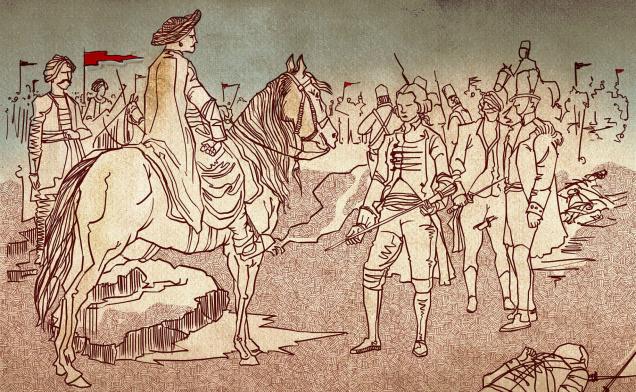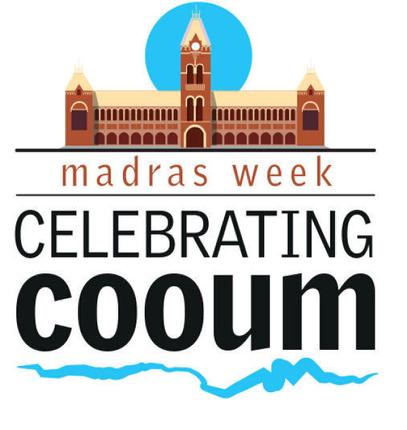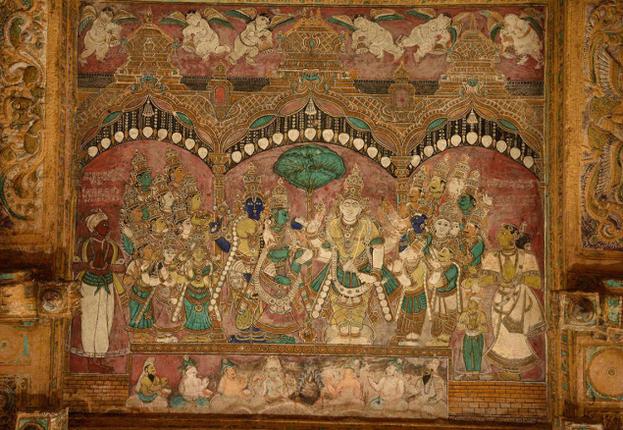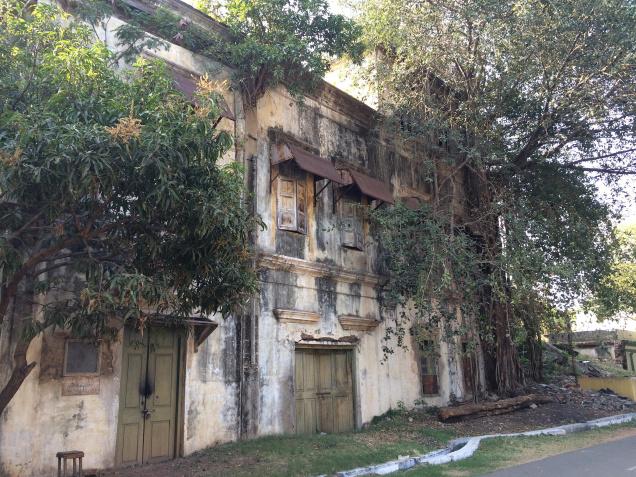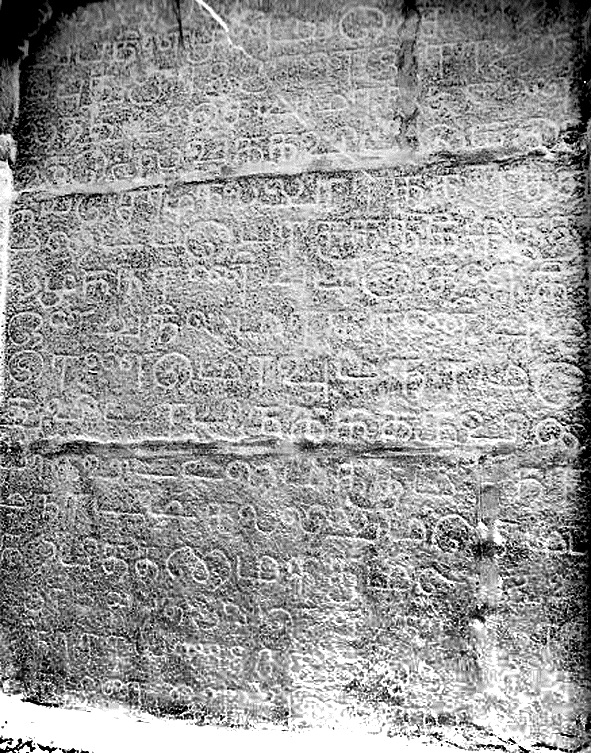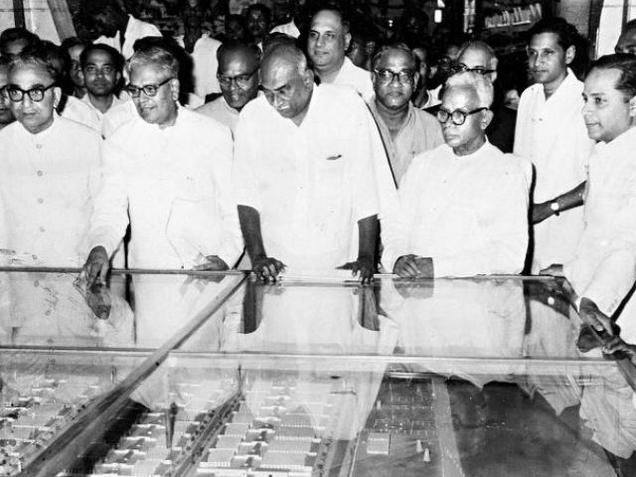A less ornamented Kapaleeswarar Temple, a Hema Malini when she wasn’t a star or when wedding photography meant a visit to the studio after the ceremony . The people be hind the images of Madras are still holding fort but are changing with the times to capture pictures of a new era. On August 19, World Photography Day , we go back to an era when photography was manual, dark rooms secret repositories of knowledge and printed photographs only preserves of memories.
Photo Emporium, which still stands tall in Chennai, was established in 1927 by A Thirunavukarasu. “Those were the days of expertise and innovation. In 1959, my father was making a video on Satya Sai Baba in Putaparthi. As there were frequent power cuts, he shot the video using the light of four to five cars,” says A K Rajkumar.
A lot of what the present Photo Emporium is now is due to the business acumen of A T Kathiresan, Rajkumar’s father. It was under him that the studio set up offices in Mumbai and Kolkata and it became one of the first importers of cameras from Japan, Ger many and Italy, cut films, single-use flashbulbs and photo mounts. The studio has been associated with illustrious families like those of the Murugappa Group, Apollo Hospitals and the Chettiars for three generations, documenting the developing city through its connections with industries like Binny , Weston Crompton and Parry & Co.
Long-standing relationships have also helped Sathyam Studios in Mylapore survive 83 years. V V Giri, musicians G N B, singer T V Rathinam and Cho Ramaswamy were regulars. Despite the small space, which houses the photo studio, it has a roomful of old cameras, glass negatives and numerous black and white pictures from a time when getting a photograph taken was a big occasion. “Even for weddings, people used to take only a couple of pictures. The newlyweds and the family would all come to the studio for a photograph,” says C S Balachandra Raju, the octogenarian owner.
His father C Satyanarayana Raju, the founder of the studio, was a self-taught man like most early photographers in the city . This passion runs through generations, as Balachandra’s three sons have also taken after their father.Hence though the daguerreotype camera was much before his time, B Anand, the youngest son, knows how to use it. “We have kept all the old cameras for their heritage value. But in this age of quick and easy photography , few people appreciate this art form,” says Anand.
source: http://www.timesofindia.indiatimes.com / The Times of India / News Home> City> Chennai / by Arpita Bose, TNN / August 19th, 2015
